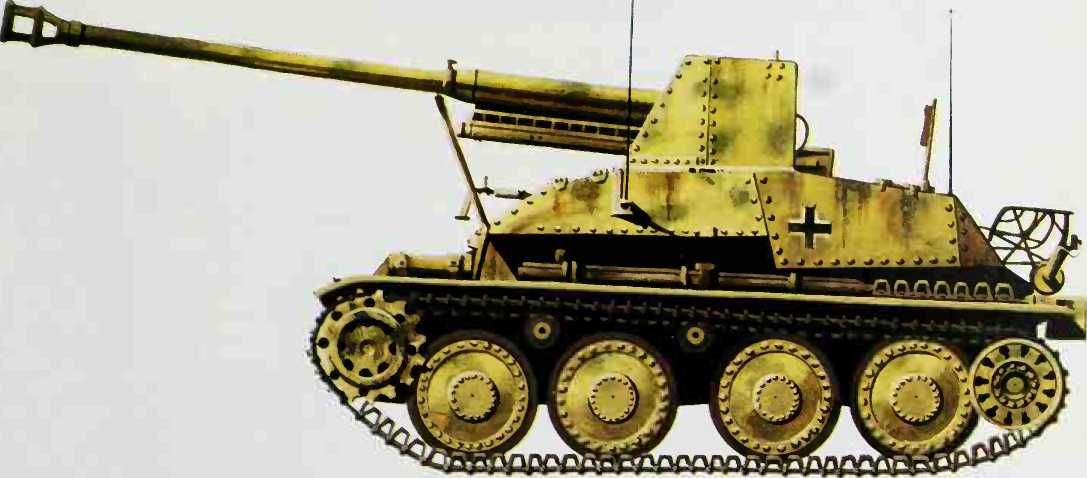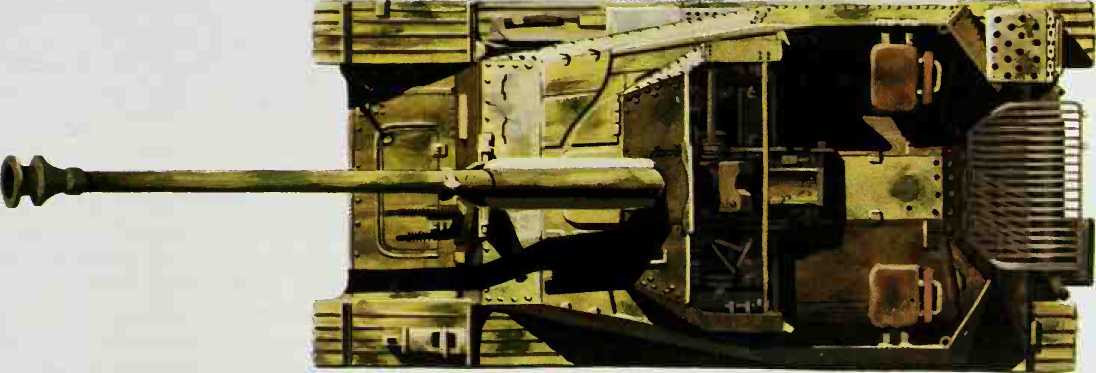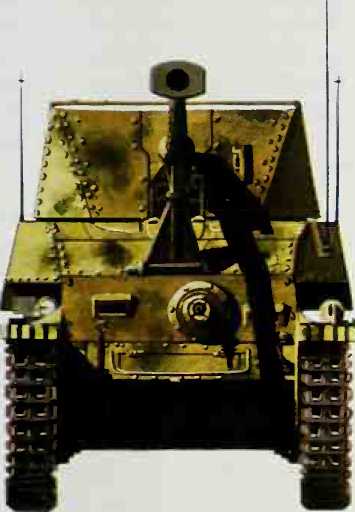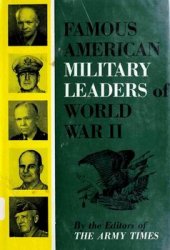In short, between February 16 and 18, III Panzer Corps at Lysyanka retrieved only
30.000 survivors, unarmed for the most part; among them. General Lieb, commander of XLII Corps. The valiant Stem-mermann had been killed by a piece of shrapnel. According to the Soviet historian B. S. Telpukhovsky, of the Moscow Academy of Sciences, on this one occasion the Russians accounted for more than
52.000 dead and 11,000 prisoners but his German colleagues Hillgruber and Jacobsen take issue with him: "Just before the investment occurred the two German corps numbered 54,000 all told, including rear area troops, some of whom escaped encirclement.”
Allowing for the 30,000 or 32,000 survivors of this 21-day tragedy, German losses in the sector could barely have risen to more than one third of the total claimed by Moscow nearly 15 years after Germany’s unconditional surrender. Hill-gruber’s and Jacobsen’s figures are beyond question.
Alexander Werth quotes the account of a Soviet eye witness of these tragic events which confirms General von Vor-mann’s account. On the day following. Major Kampov told Werth:
'T remember that last fateful night of the 17th of February. A terrible blizzard was blowing. Konev himself was travelling in a tank through the shell-shattered 'corridor’. I rode on horseback from one point in the corridor to another, with a dispatch from the General; it was so dark that I could not see the horse’s ears. I mention this darkness and this blizzard because they are an important factor in what happened. . .
"It was during that night, or the evening before, that the encircled Germans, havin g abandoned all hope of ever being rescued by Hube, decided to make a last desperate effort to break out. . .
"Driven out of their warm huts they had to abandon Shanderovka. They flocked into the ravines near the village, and then took the desperate decision to break through early in the morning... So that morning they formed themselves into two marching columns of about 14,000 each...
"It was about six o’clock in the morning. Our tanks and our cavalry suddenly appeared and rushed straight into the thick of the two columns. What happened then is hard to describe. The Germans ran in all directions. And for the next four hours our tanks raced up and down the plain crushing them by the hundred. Our cavalry, competing with the tanks, chased them through the ravines where it was hard for the tanks to pursue them. Most of the time the tanks were not using their guns lest they hit their own cavalry. Hundreds and hundreds of cavalry were hacking at them with their sabres, and massacred the Fritzes as no one had ever been massacred by cavalry before. There was no time to take prisoners. It was the kind of carnage that nothing could stop till it was all over. In a small area over
20,000 Germans were killed.”
In connection with this episode. General von Vormann, in the study mentioned above, raises an interesting question. Observing that the encirclement of XI and XLII Corps on January 28 had opened a 65-mile breach between the right of III Panzer Corps and the left of XLVII, he considers why the Soviet high command failed to exploit the opportunity of a breakthrough afforded. In his opinion, on that day there was nothing to prevent Stalin driving his armoured units towards Uman’ and across the Bug, assigning to them distant objectives on the Dniestr, the Prut, and in the Rumanian Carpathians. This not impossible objective would have sealed the fate of Army Groups "A” and "South”.
This question was raised in 1954, but it is still impossible to provide an answer which documents can verify. We must be content with the supposition that Stalin acted with extreme prudence, by annihilating the Korsun’ pocket before embarking on more hazardous enterprises, and it should be noted that 12 months from then Chernyakhovsky, Rokossovsky, Zhukov, and Konev had far more freedom of action. But by then, from Tilsit to the Polish Carpathians, the German Army was little more than a ruin.
What is certain is that Stalin showed himself eminently satisfied by the way in which Zhukov and those under him had conducted the business; the proof of it being that on February 23,1944 a decree of the Praesidium of the Supreme Council of the U. S.S. R. conferred upon General of the Army Konev the title of Marshal of the Soviet Union and upon General Rotmistrov that of Marshal of Tank Forces. Even if the generals had missed a golden opportunity, they had certainly won a great victory.
The German Panzerjager 38(t) Marder III



Weight: 11.6 tons.
Crew: 4.
Armament: one 7.62-cm PaK 36(r) gun with 30 rounds and one 7.92-mm machine gun with 1,500 rounds. (The main armament was a rechambered Russian FK 296 or 297 anti-tank gun.)
Armour: hull front 52-mm, sides and rear 15-mm, decking 10-mm, and belly 8-mm; superstructure front and sides 16-mm; gun shield 11-mm.
Engine: one Praga EPA E-cylinder inline, 125-hp.
Speed: 26 mph on roads, 9 mph cross-country.
Range: 115 miles on roads, 87 miles cross-country. Length: 21 feet 1i inches.
Width: 7 feet 1 inch.
Height: 8 feet 24 inches.




 World History
World History









